With the 2021 Pritzker Architecture Prize being awarded to Anne Lacaton and Jean-Philippe Vassal international attention has become focused on architectural strategies geared towards maintaining existing buildings in the face of evolving economic, social, demographic, et al, realities rather than demolishing and erecting new ones by way of a response; and also of the value, the economic, the social, the cultural and the environmental value, of reusing, remodelling and reimagining that which exists rather than replacing through rebuilding and replanning.
The Deutsche Architektur Zentrum Berlin's exhibition Caring for what already exists. Ten Architectural Strategies was developed, and was scheduled to open, long, long, before Lacaton & Vassal's selection; however, in asking questions of how buildings and urban spaces could, should, must?, evolve with those societies and communities around them, questions of the relationships between built environments and the communities with which they co-exist, its delayed opening has not only brought its themes a new popular relevance to compliment their unquestioned importance, but also allows it to help contribute to the sharpening or our collective foci in context of architecture and our built environments....
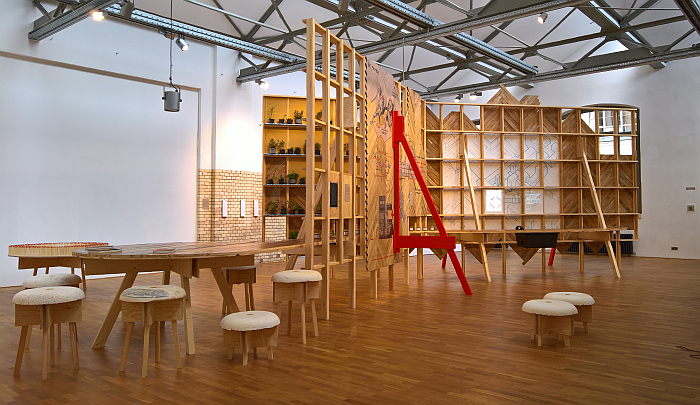
Arising from a research project undertaken in context of the state funded Experimenteller Wohnungs- und Städtebau programme, Caring for what already exists as presented in the Deutsche Architektur Zentrum, DAZ, is less an exhibition as an invitation to reflection and discussion; or perhaps more accurately, is a space in which to reflect on what we build, why we build, how we build and where we could, should, must? intervene in established whats, whys and hows in context of making urban planning and architecture more responsive to communities and also more sustainable, be that environmentally, socially, economically, etc; and reflections undertaken in the DAZ which, subsequently, you can, should, contribute to the ongoing discussions on architecture and the built environments you occupy, employ and depend upon. Discussions which, as we'll never tire of repeating, it is important we all contribute to, being as they are discussions which concern us all, affect us all directly and indirectly, and discussions which are far too important to be left to architects, urban planners and politicians alone.
To this end Caring for what already exists, as the title neatly implies, presents ten architectural strategies; ten strategies from seventeen international, when largely German based, architects/planners. And ten strategies which, and generalising more than we probably should, can be considered reflective of three broad, if inter-connected, points of intervention, as a Venn diagram of intervention: the process of planning and building, an increased focus on the social aspects of architecture and urban planning, and approaches to the use of space.
The latter being reflected on in Dissemination into the Zwischenstadt1 by Jörg Heiler with its demand for more reflective approaches to the mixed-use areas that develop on the edge of towns and which, to paraphrase Heiler, in their unconventional, unstructured composition and development offer fresh perspectives for urban planning; and, and the in many regards closely related if also disparate, Turning Ring Doughnuts to Jam Doughnuts by Roland Gruber, Maria Isabettini & Peter Nageler which considers how to reimagine and redefine those urban centres from which inhabitants and businesses have migrated to the peripheries, leaving as the do a gap in the fabric, a gap in the dough, of the town. How, if one so will, to fill the hole in the urban doughnut with a social jam.
A social jam which is also an inherent component of those positions demanding a greater focus on the social component of our urban spaces, of understanding urban spaces as more than buildings, roads and vegetation: On the value of permanence by Simon Jüttner with its appeal for the maintaining, the valuing, of the patina that develops in any space and on any building through use; Lovely that you are here! by Andreas Krauth, Urs Kumberger & Verena Schmidt and its reflections on a building as component of a wider, interrelated, ecosystem, an ecosystem that is dependent for its existence on its inherent variety; Existence is Action from Tabea Michaelis & Ben Pohl which reminds us that a building isn't a static object but a dynamic organism that is defined by the people who use it and the realities in which it exists; and Michael Obrist's Urban Blockchain concept which at its simplest level is a platform which allows for the sharing of space and resources on a communal, non-profit, basis and in doing such aims to draw the maximum potential and benefit from existing infrastructures as an alternative to building anew.
And a project which could also be considered as an intervention in the process of planning and building, of an integration of a digital tier into the planning process alongside the more conventional legal, technical, economic, etc, tiers. And which being such also raises the question if in our increasingly digital, networked age we shouldn't add such a tier, if that isn't/wasn't a (potential) missing component of The Architecture Machine The Role of Computers in Architecture at the Architekturmuseum der TU München, the integration of digitalisation in architectural and urban planning processes, planning with digital connectivity every bit as much a focus as analogue connectivity rather than as a periphery add-on, the current times would certainly appear an apposite moment for reflecting on just that. And could also be considered one of the 100 questions Katja Fischer and Jan Kampshoff demand that architects and planners ask themselves in context of Emergence into the existing; 100 questions evenly divided under the headings Calling, Ethos, Responsibility and Existing Architecture, and which stand as a model for self-analysis by architects and also as an intervention in the process of planning and building before it begins.
Among its 25 Responsibility questions Emergence into the existing asks, "should resource-saving concepts and minimally invasive interventions for architects be rewarded with special payments?" A question one feels at least four of the seventeen participants would answer in the positive: Eike Roswag-Klinge who with Simply convert - simply transform argues for more self-participation, more DIY, in building and conversion processes and that with simple materials; Ayşin İpekçi and Kamiel Klaasse who in Growing Stock appeal for more awareness of and responsibility for the materials used in construction; and 100% resource. Buildings as raw material stores by Dirk E. Hebel which calls for more cyclical thinking in construction, that buildings should be so designed so that 100% of the material involved can be be reused in new buildings should that existing building itself have to be dismantled and removed.

The ten strategies, the ten theoretical positions, are not however left in the theoretical, but are also presented as realised projects, as examples of theory in practice ..... in the accompanying book.2
And while yes, there is a very strong argument for also displaying the practical examples in the exhibition, there is, we'd argue, an even stronger one for keeping the exhibition at a more theoretical level, on focussing in the presentation on the considerations of the positions rather than risk the fundamentals of the positions becoming lost in long discussions of the project as a specific, definitive, expression rather than as a, as one of many, possible examples of an application of the particular strategy in a specific location and context.
And a state of affairs which means Caring for what already exists is, very pleasingly, an exhibition about architecture and urban planning that doesn't feature architecture and urban planning; or more accurately doesn't feature architecture and urban planning as buildings and spaces, as constructions, rather features architecture and urban planning as the components of our daily lives, as the components of our societies, as the components of our political systems, they are. And that pleasingly because its how architecture and urban planning should be understood; the focus on the physical in architecture and urban planning being an unfortunate distraction, and, in many regards, a throw-back to the days when architecture was popularly confused with art. And architect's popularly confused with artists. Which isn't to say the visuals of architecture aren't important, they are; is to say they shouldn't be the focus of our understandings.
A highly accessible and engaging showcase, if one sadly only presented in German, as we oft note Berlin is an international city as much as it is the German capital, or perhaps, and to remain in the context of Caring for what already exists, Berlin is a city whose social jam is comprised of a myriad international fruits and whose dynamic organic ecosystem relies on its variety, which is a convincing argument to take care of it, and the themes presented in Caring for what already exists are unquestionably international in their relevance and so, for us it would be preferable if the texts were bi-lingual; a highly accessible and engaging showcase Caring for what already exists presents each of the ten strategies via both a short, German only, text which explains the position and also an object/installation which either directly visualises or figuratively represents the strategy; and while not all the strategies are particularly new or radical in the sense of revolutionary, as a collection of positions presented in a concentrated context and space they create a very nice framework within which to develop your own reflections.
Nor are any of the ten strategies answers in their own right, but rather all are but potential components of a possible future strategy, potential components of a future orientated strategy; potential components of a Venn diagram for future architecture and planning strategies.
And a potential that is where the discussion part of Caring for what already exists begins; and that outwith the walls of the Deutsche Architektur Zentrum, outwith the framework Caring for what already exists constructs, and amongst urban spaces as they exist, amongst urban spaces as they develop and evolve in the face of evolving economic, social, demographic, et al, realities......
Caring for what already exists. Ten Architectural Strategies is scheduled to run at the Deutsche Architektur Zentrum, DAZ, Wilhelmine-Gemberg-Weg 6, 10179 Berlin, until Sunday June 27th.
Full details can be found at www.daz.de
And as ever in these times, if you are planning visiting any exhibition please familiarise yourself in advance with the current ticketing, entry, safety, hygiene, cloakroom, etc rules and systems. And during your visit please stay safe, stay responsible, and above all, stay curious……
For all who can't make it to Berlin... (a) we assume the exhibition will tour, certainly through Germany, possibly crossing into Austria and/or Switzerland, and (b) there is a, German only, video tour through the exhibition ⇓ ⇓ ⇓ and also on the BDA homepage a nicely laid out guide to the ten positions. And (c) the book. The website and book are both also only in German.
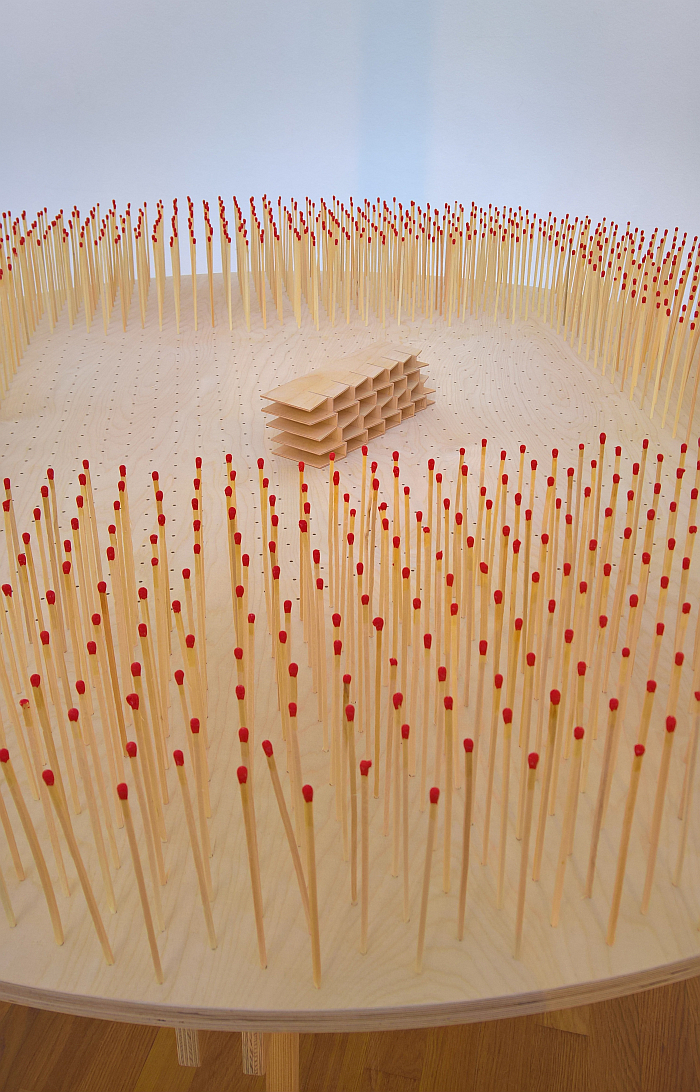
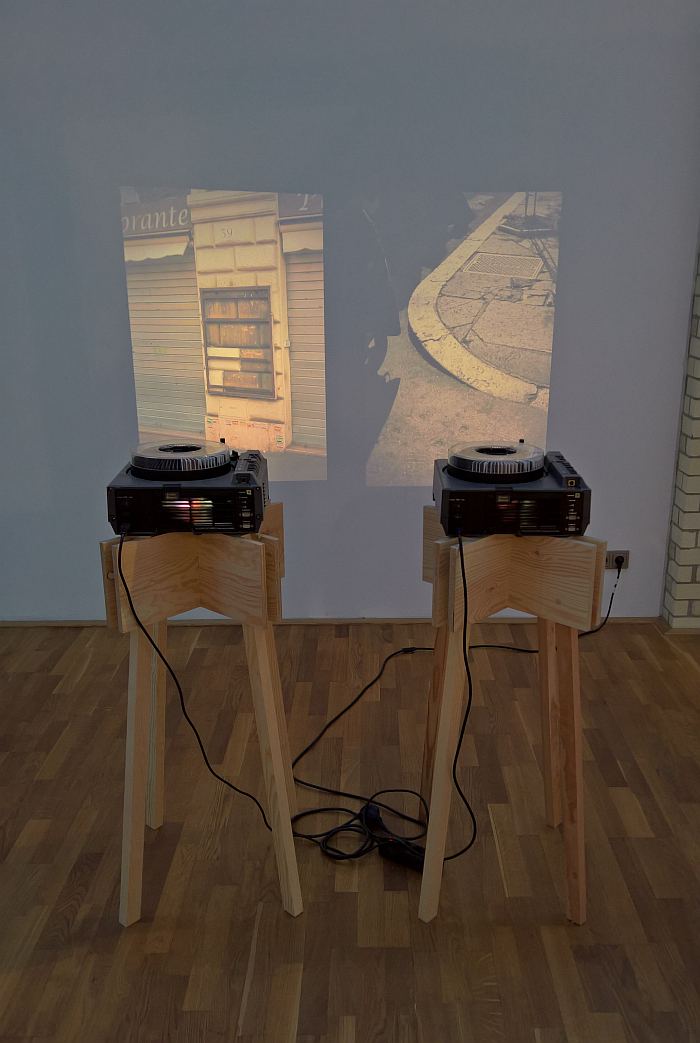
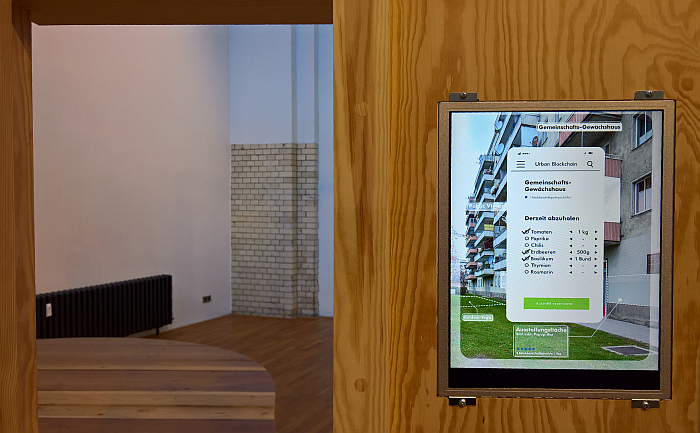
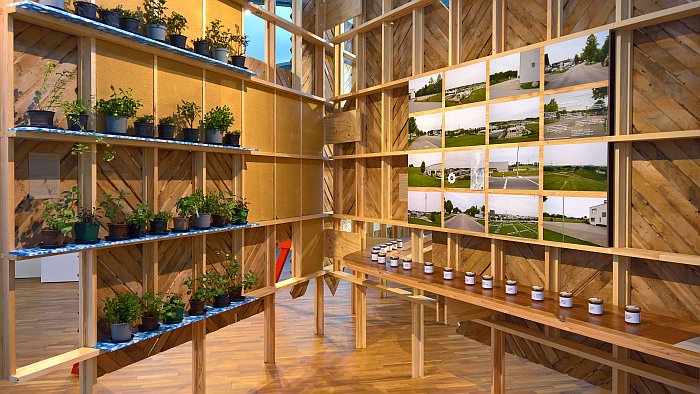
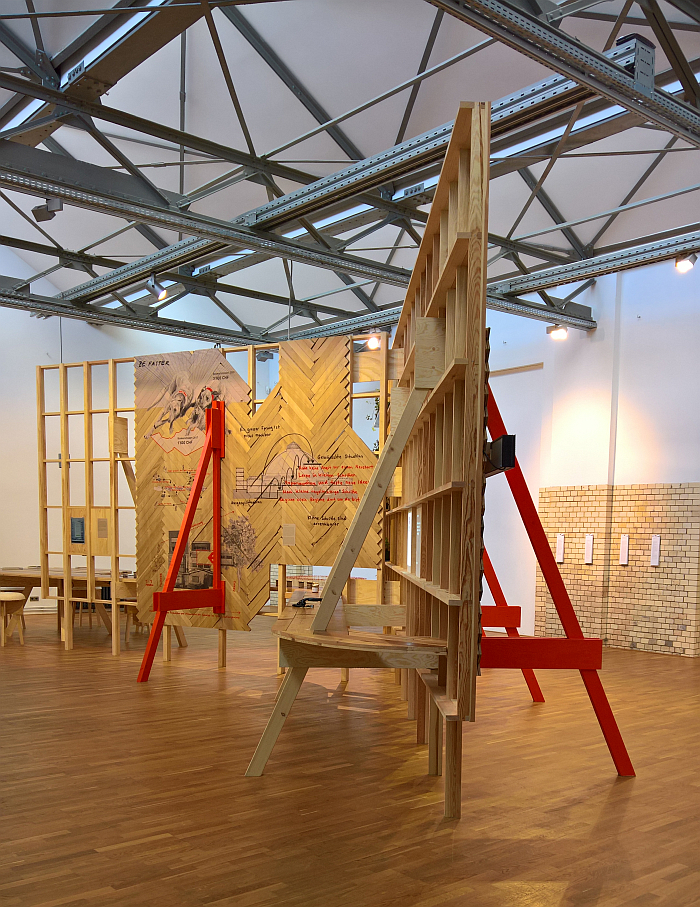
1That the presentation is only in German the titles of the projects are our translations, which we hope maintain the essence of the German titles. The original German titles can be found at https://www.bda-bund.de/sorgeumdenbestand/#Strategien
2Olaf Bahner, Matthias Böttger, Laura Holzberg (Eds.) Sorge um den Bestand. Zehn Strategien für die Architektur, Jovis-Verlag, Berlin, 2020. That copies of the book are available in the exhibition, as part of the exhibition, means you can read about the practical examples there and then if you want to. The choice is yours.